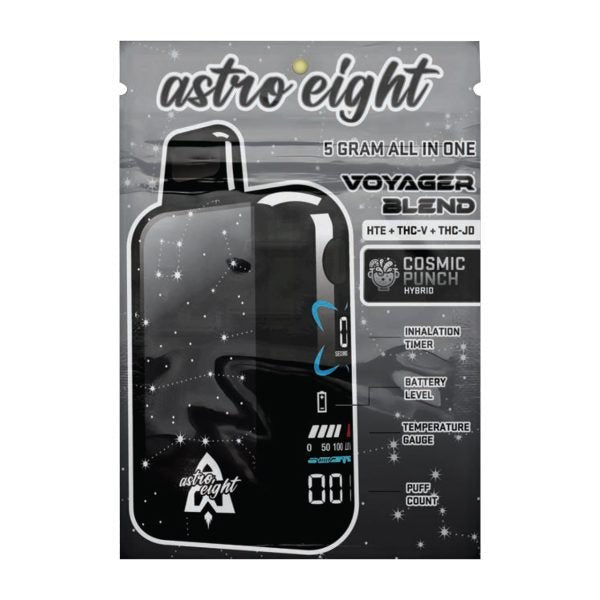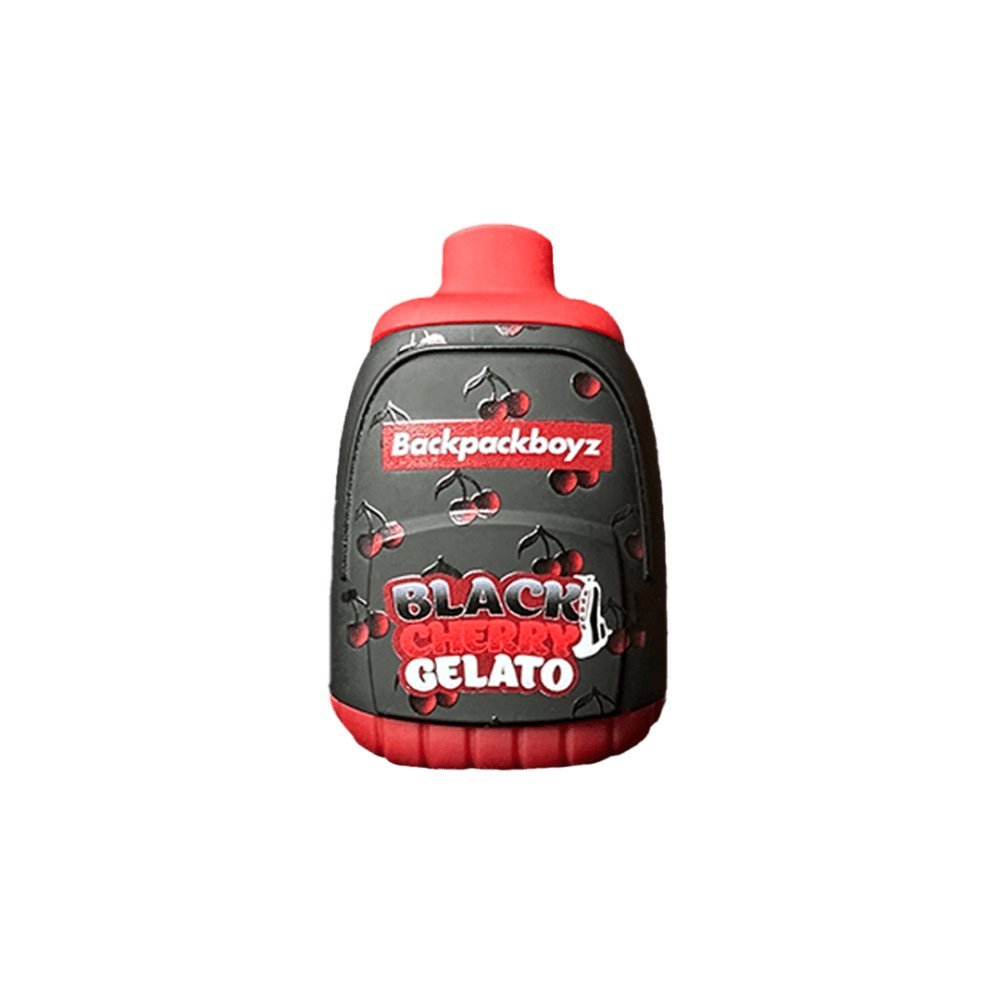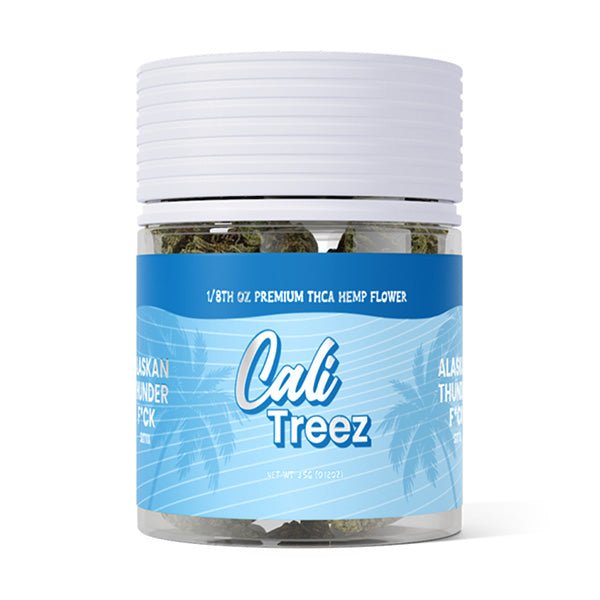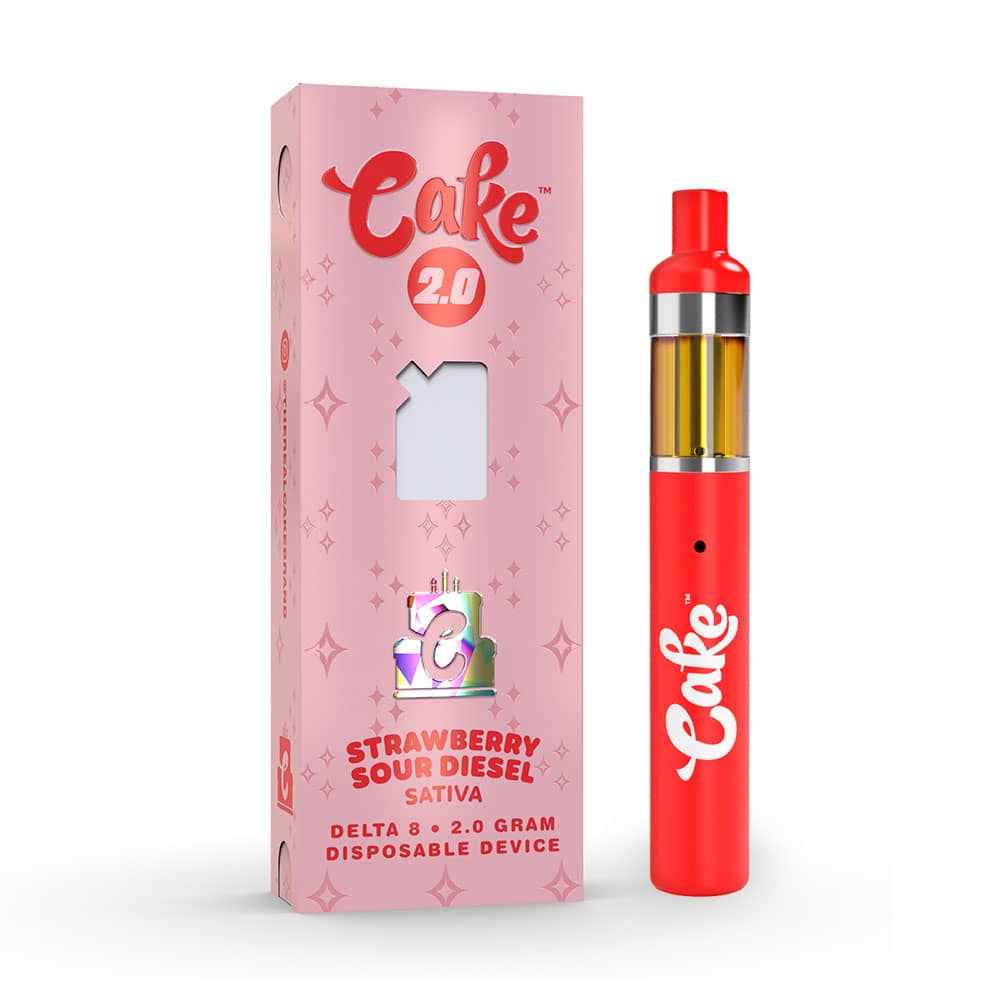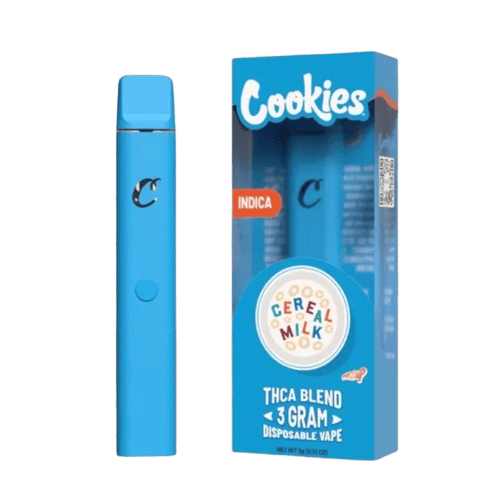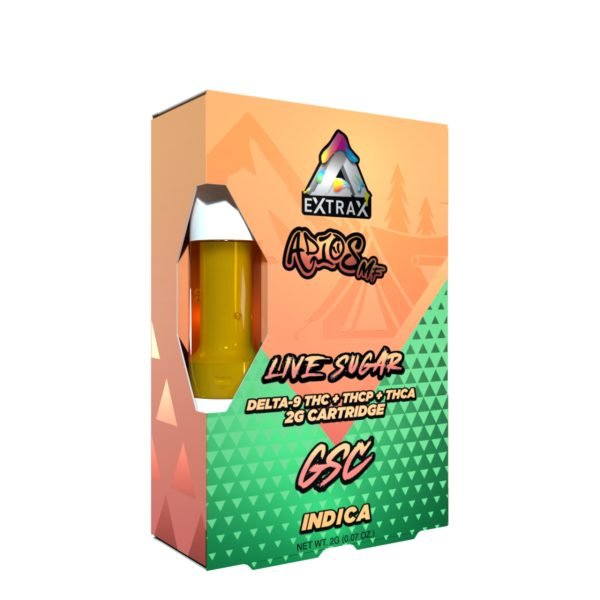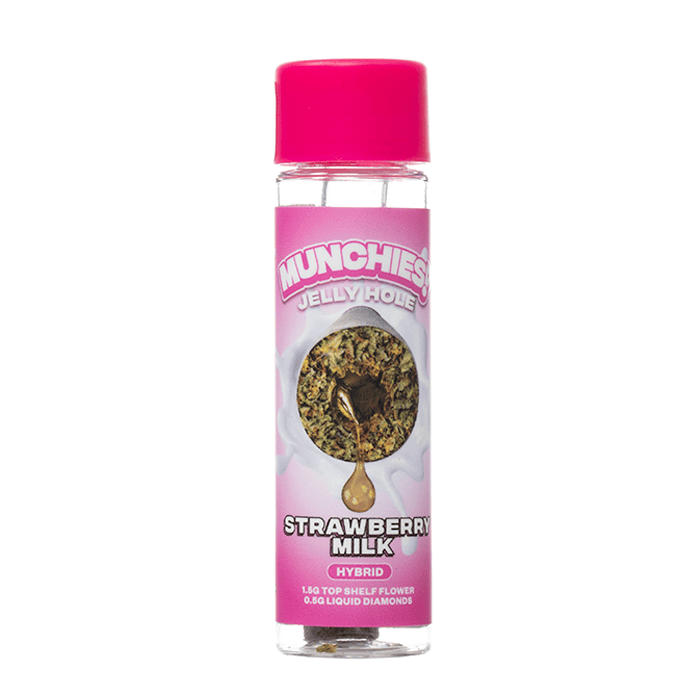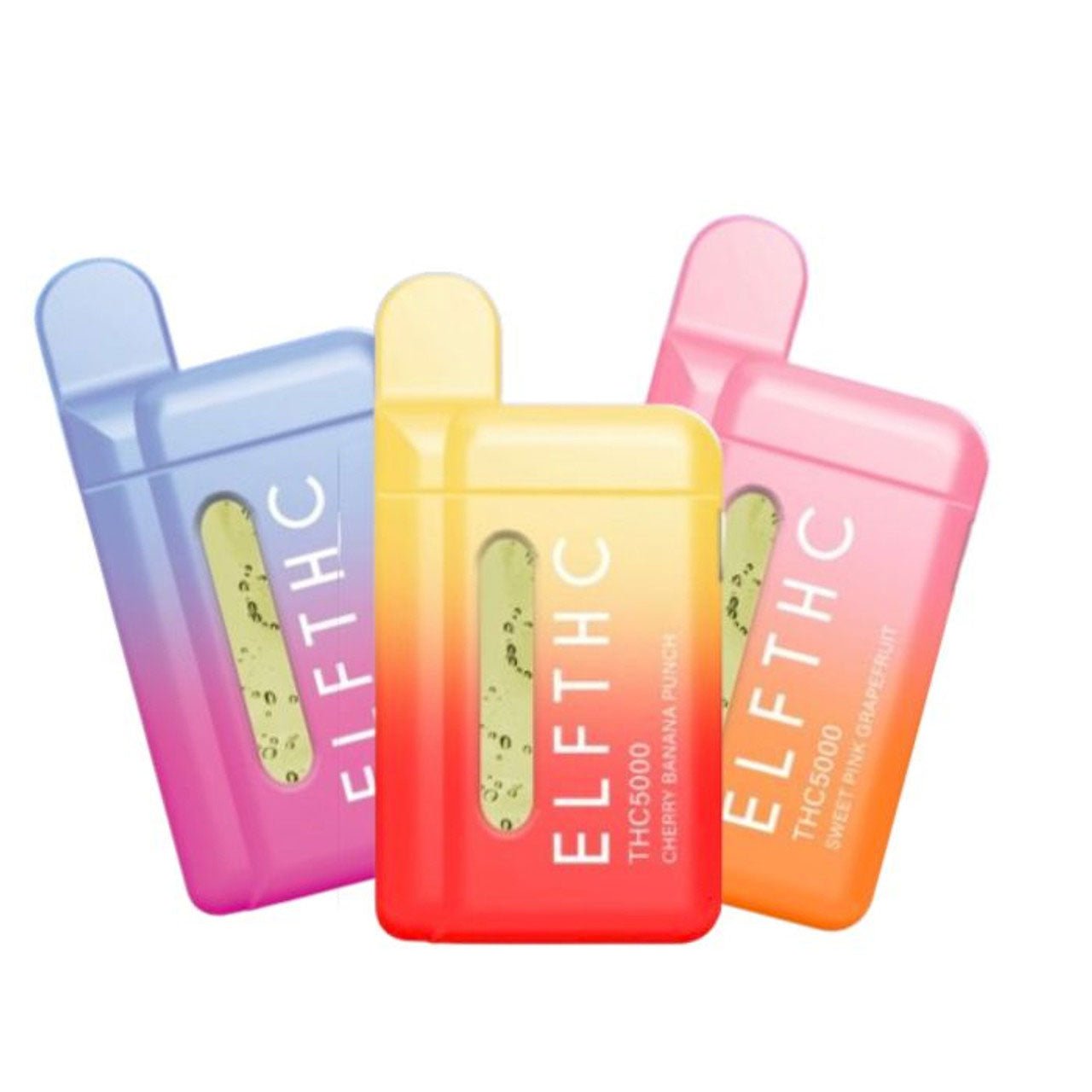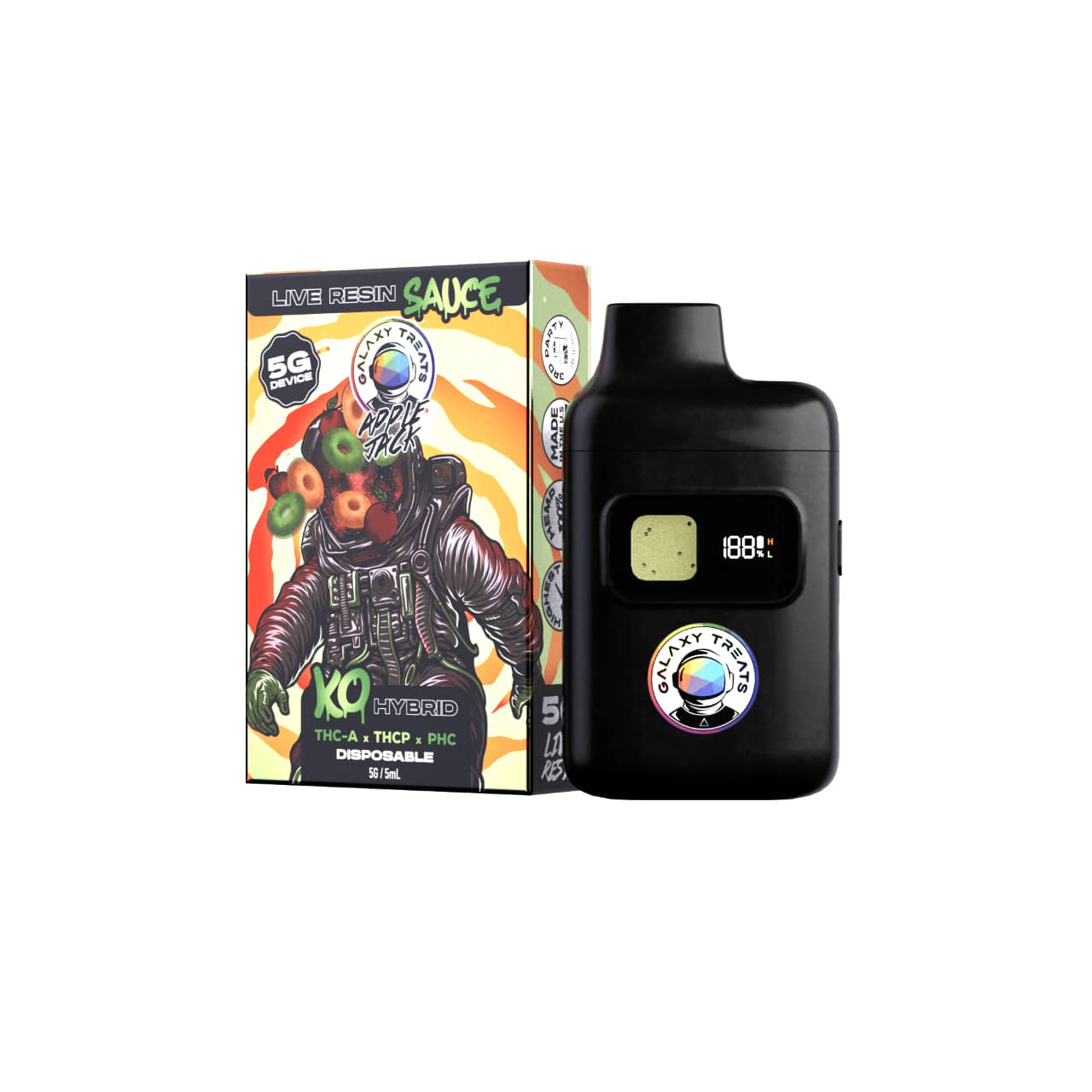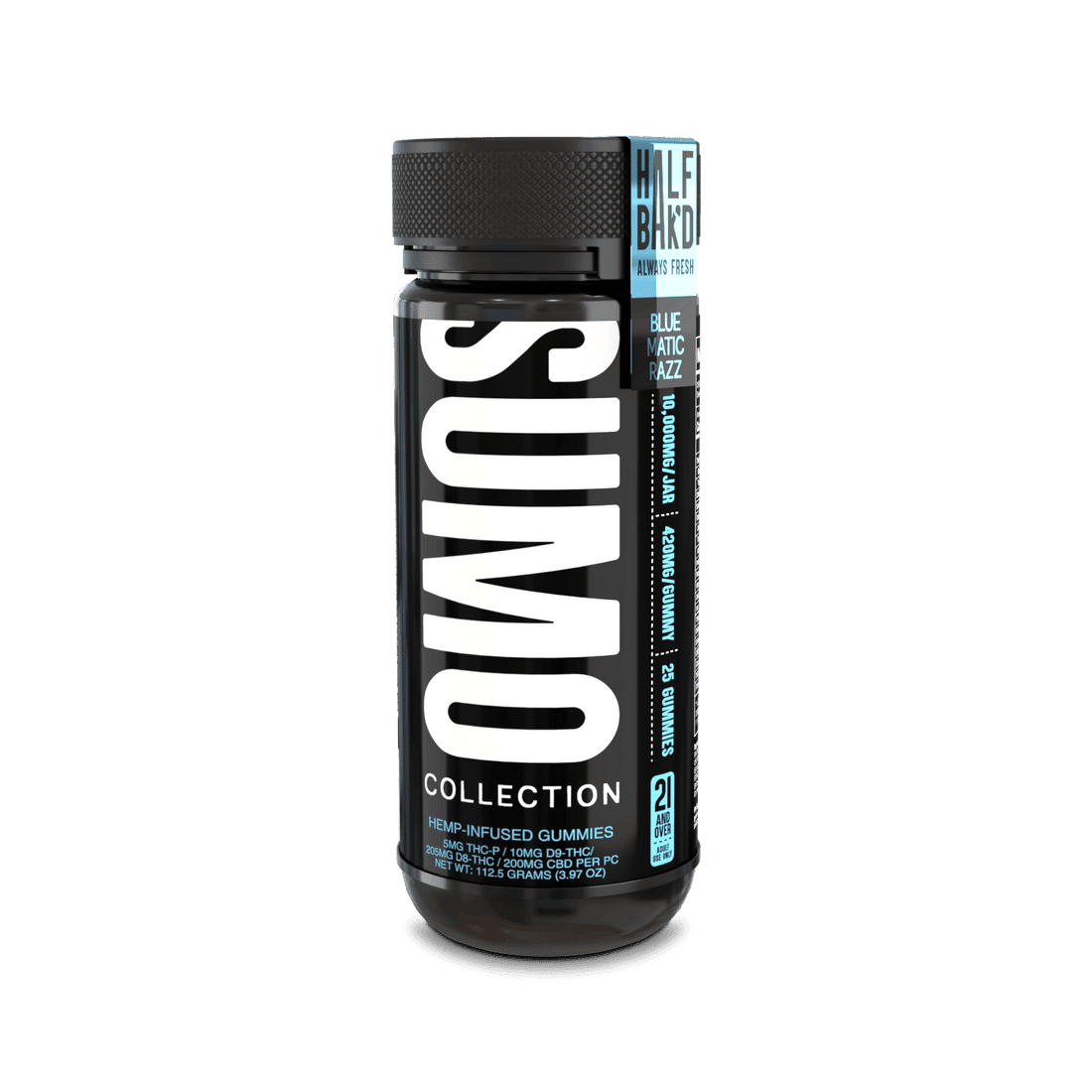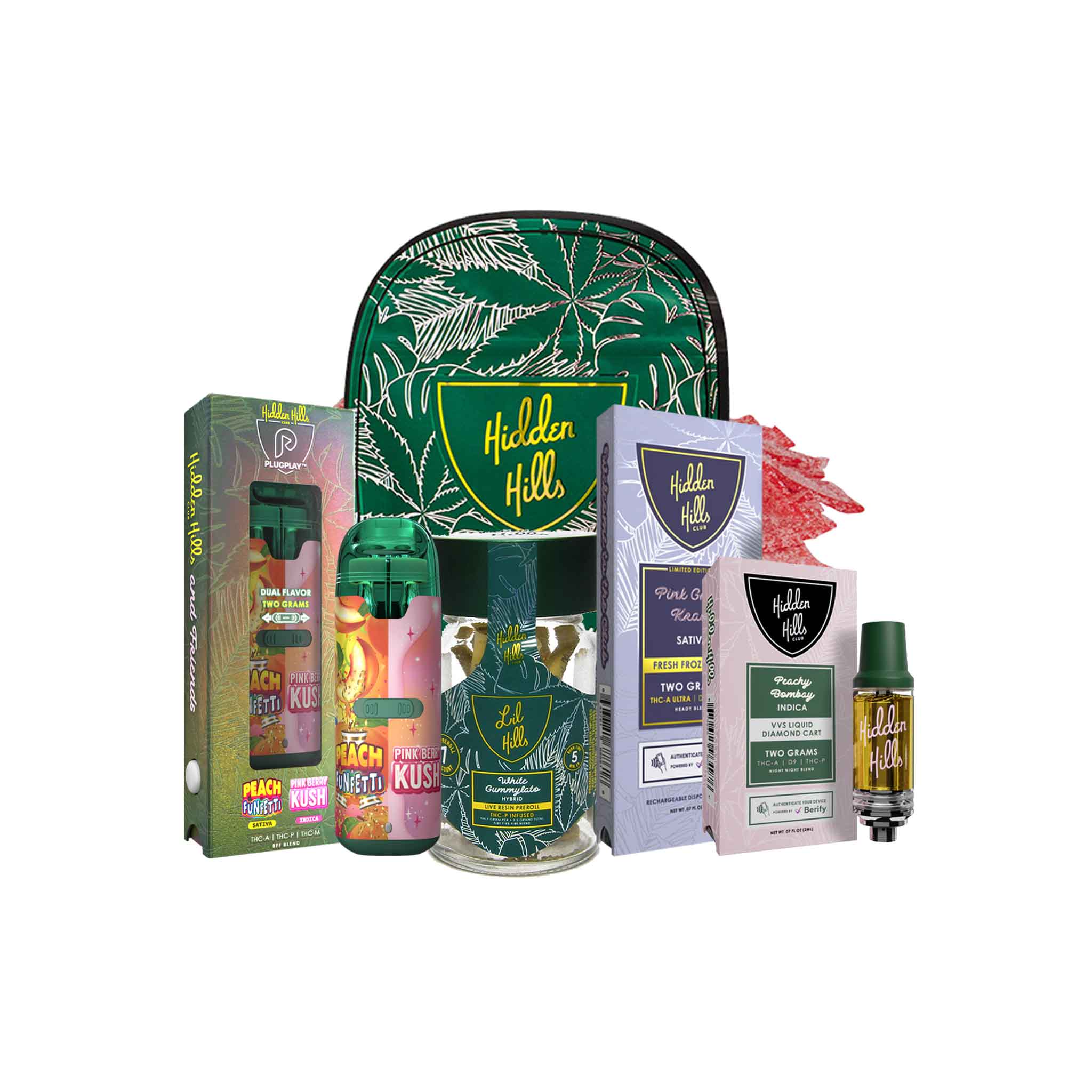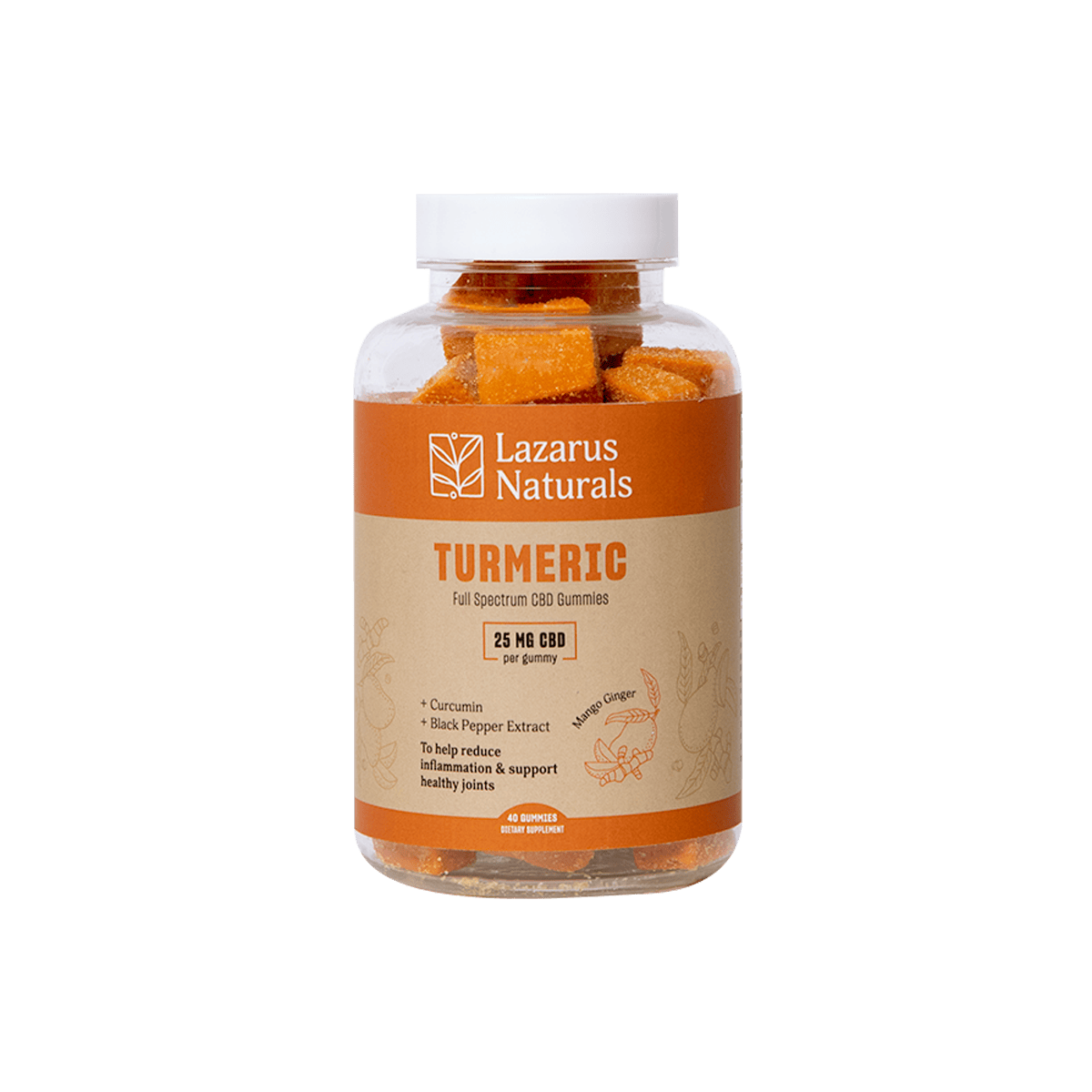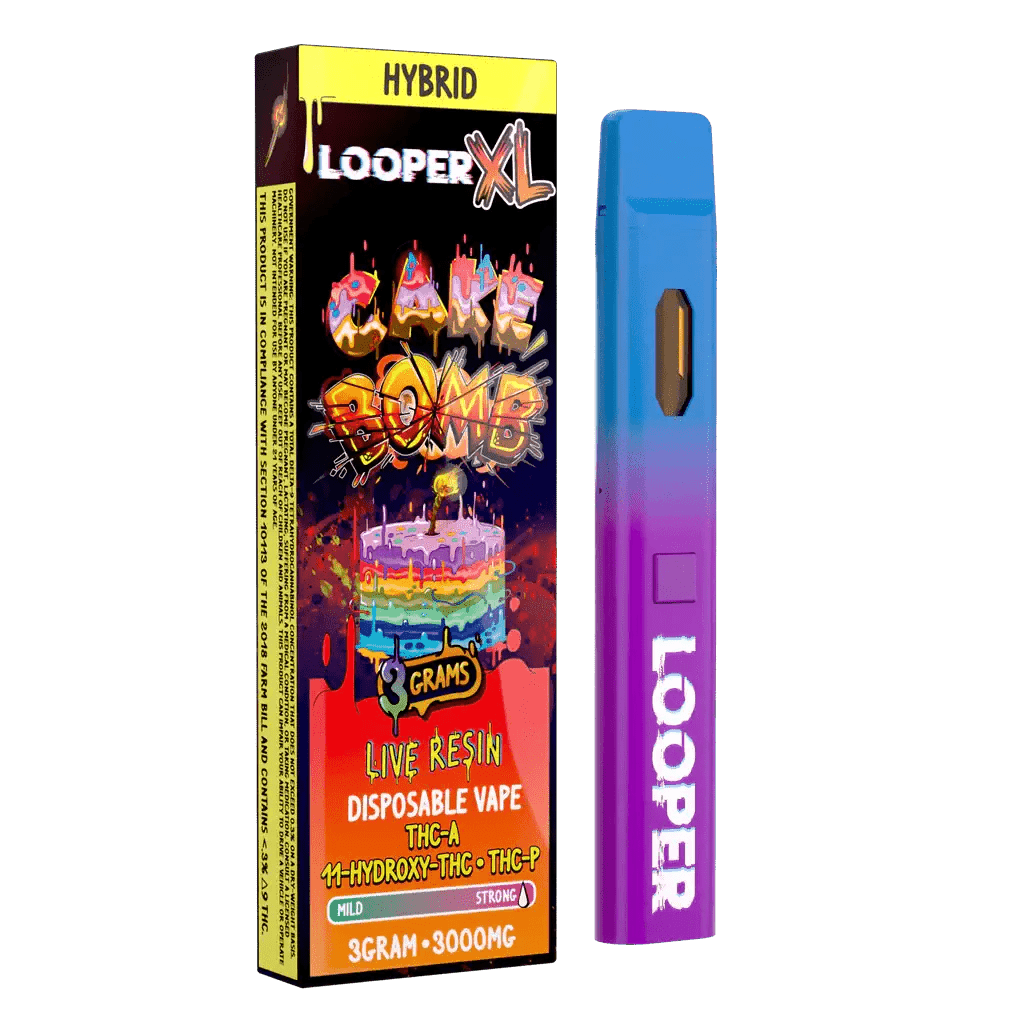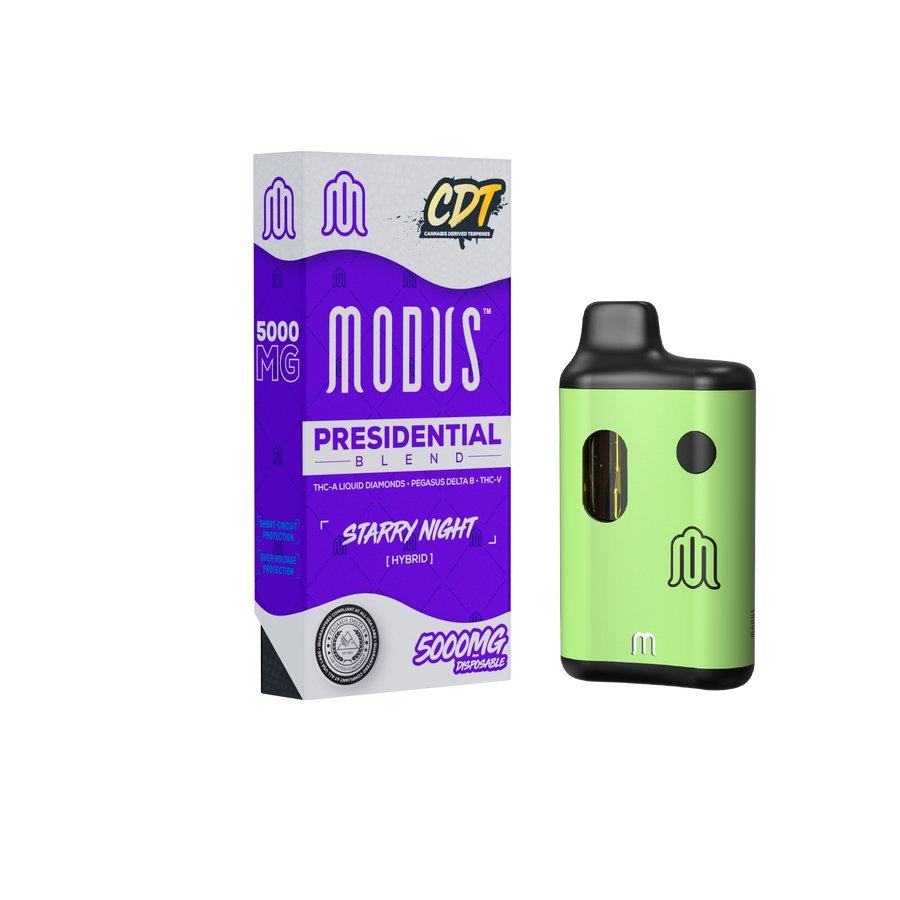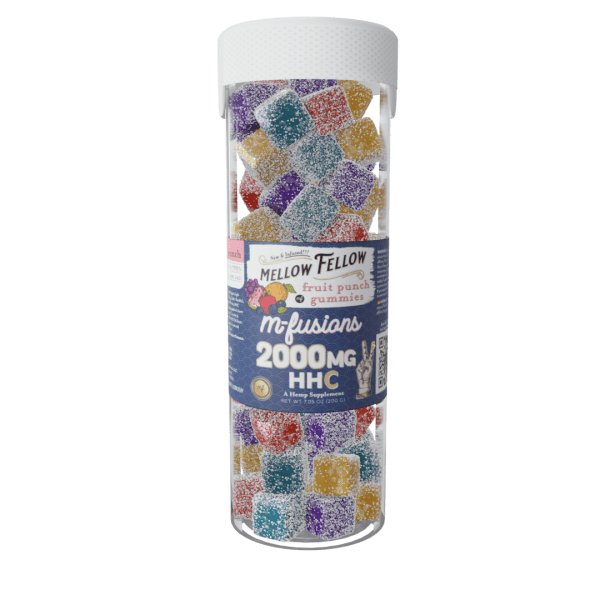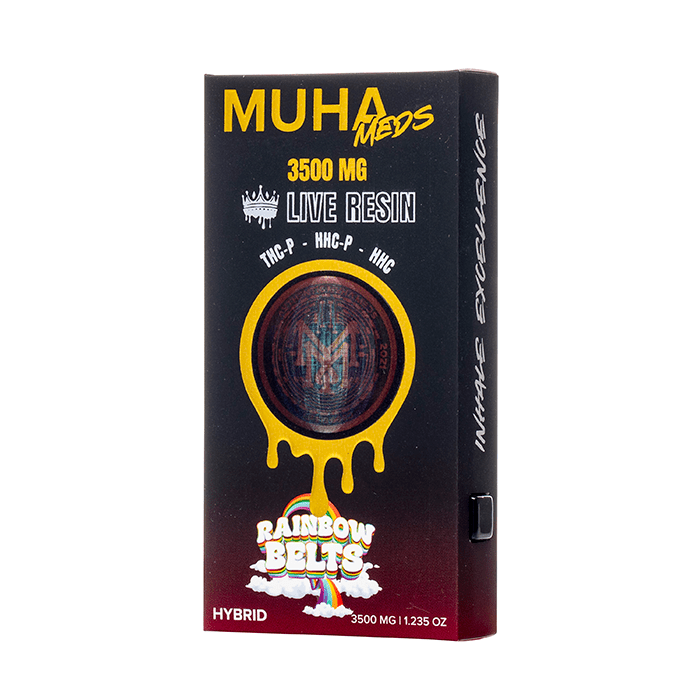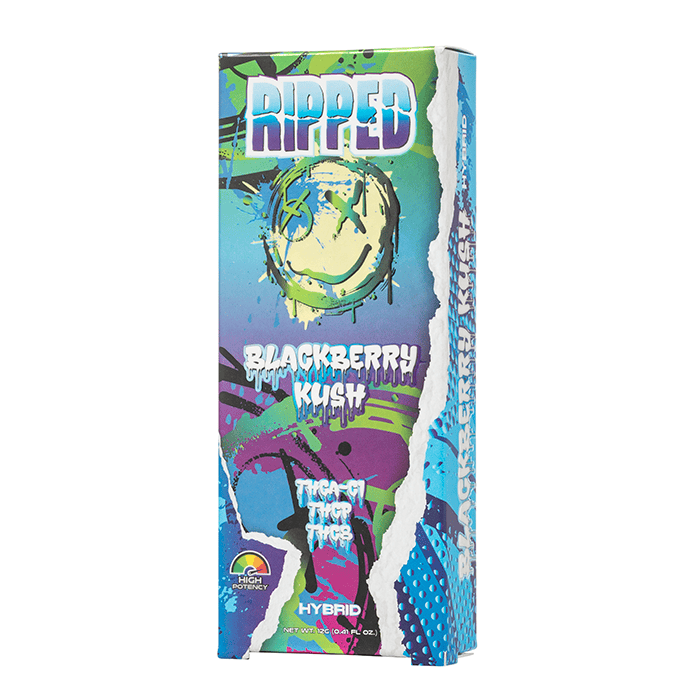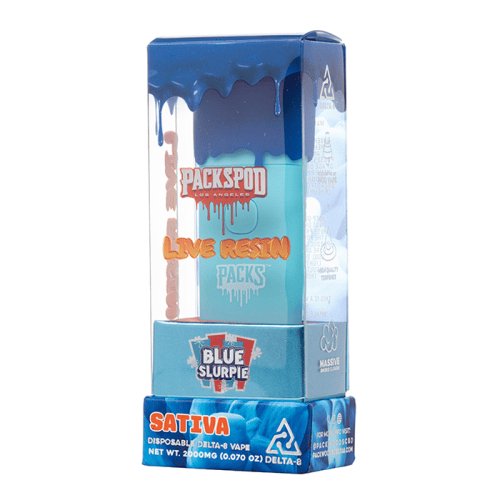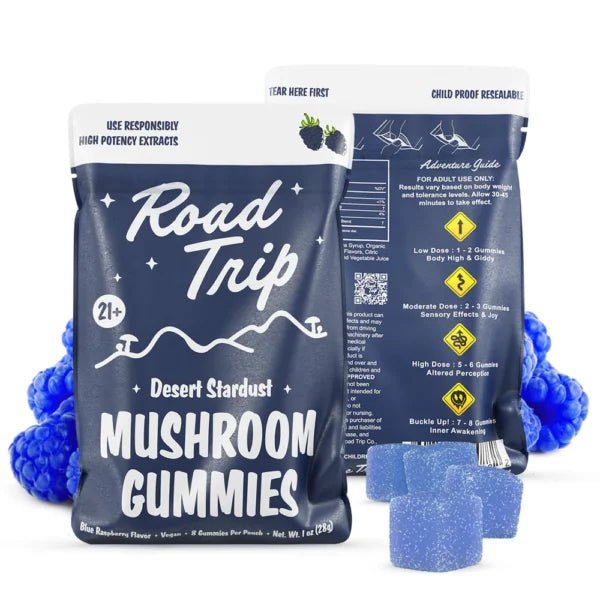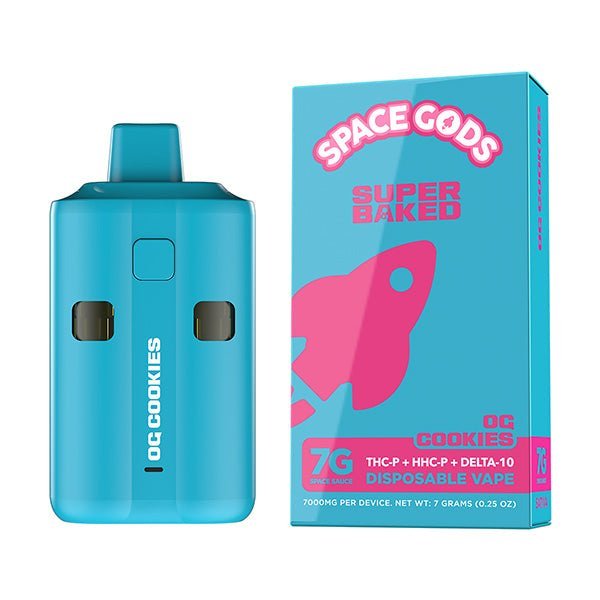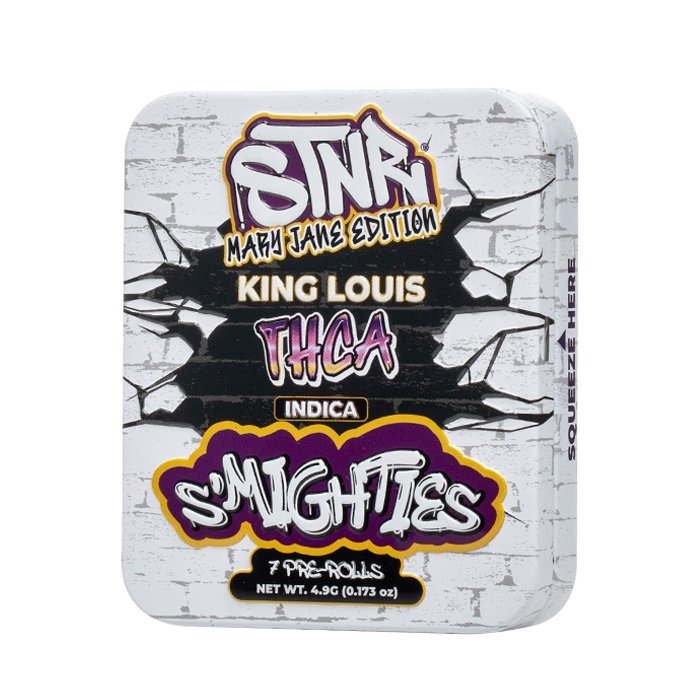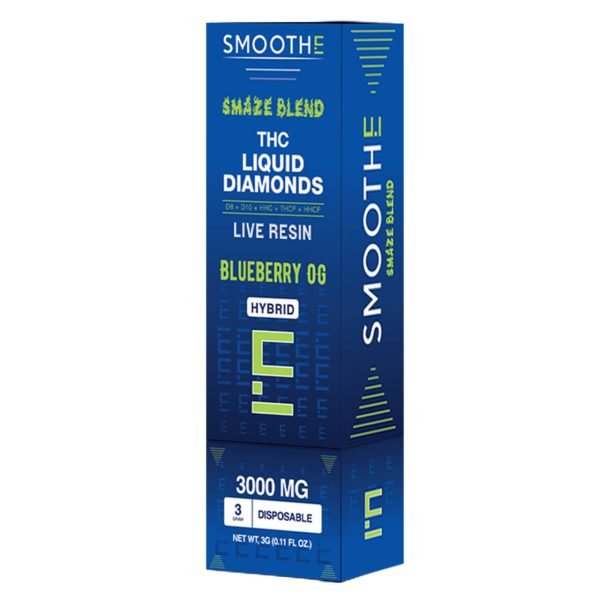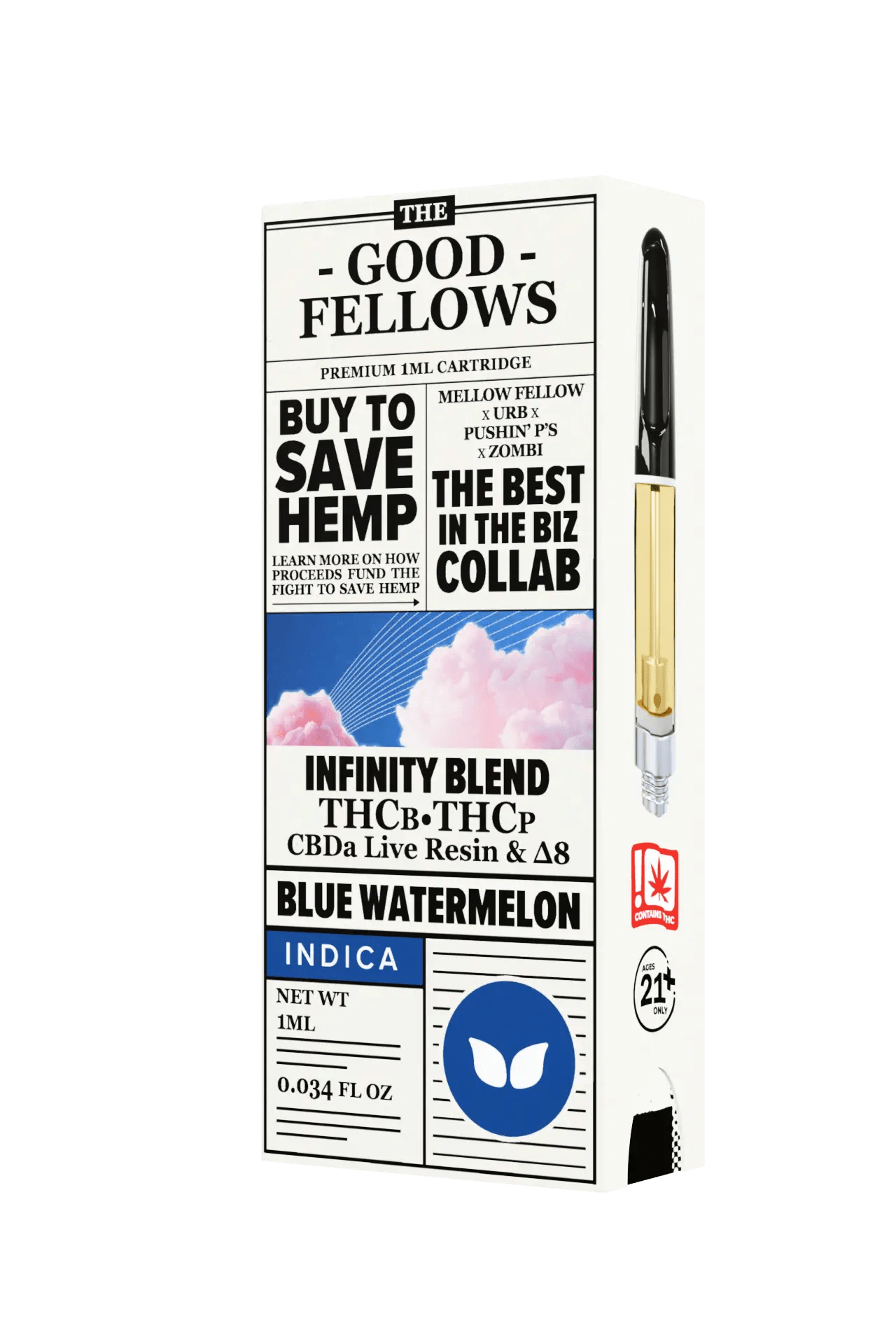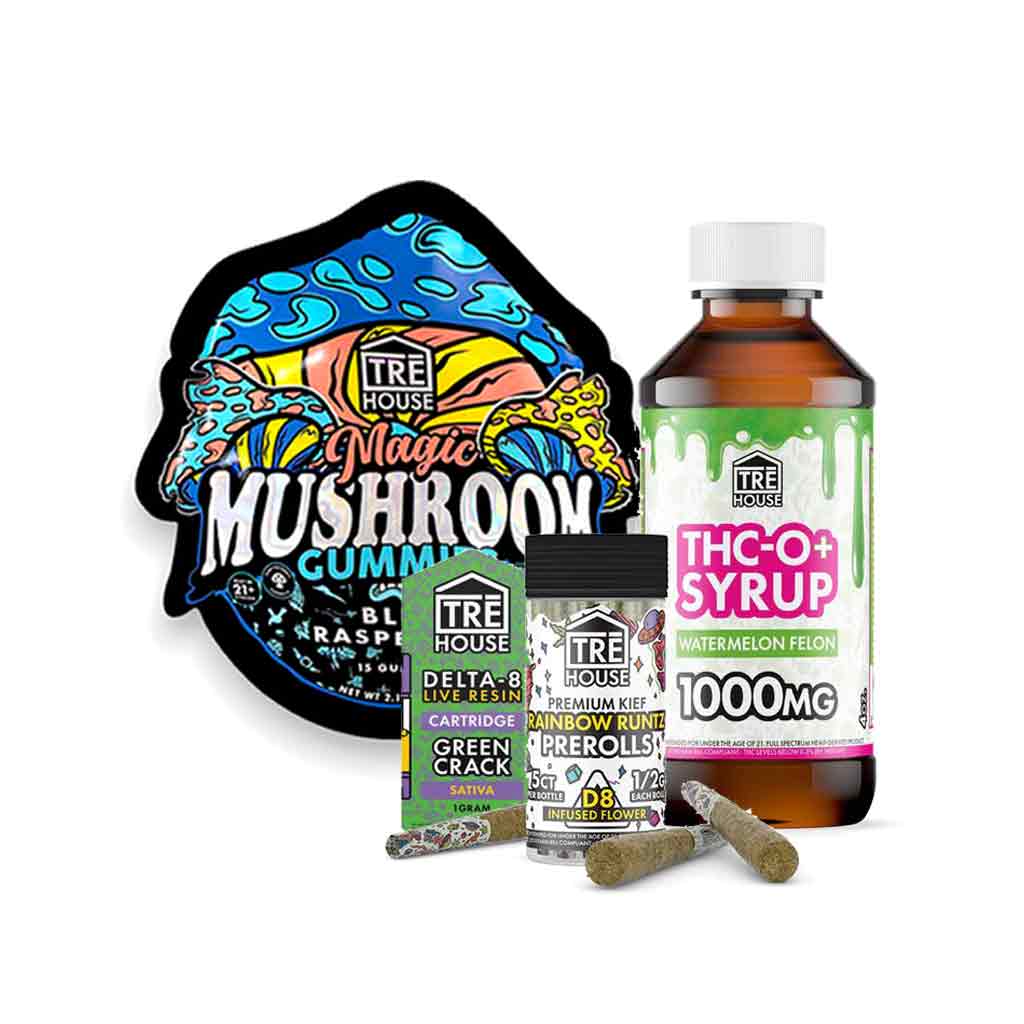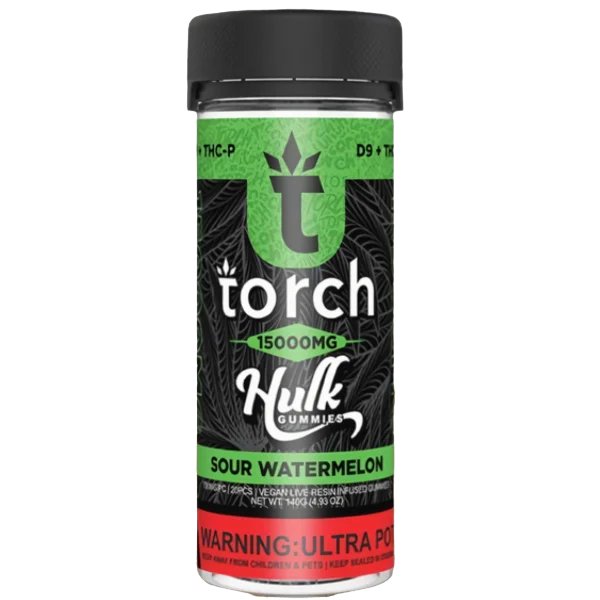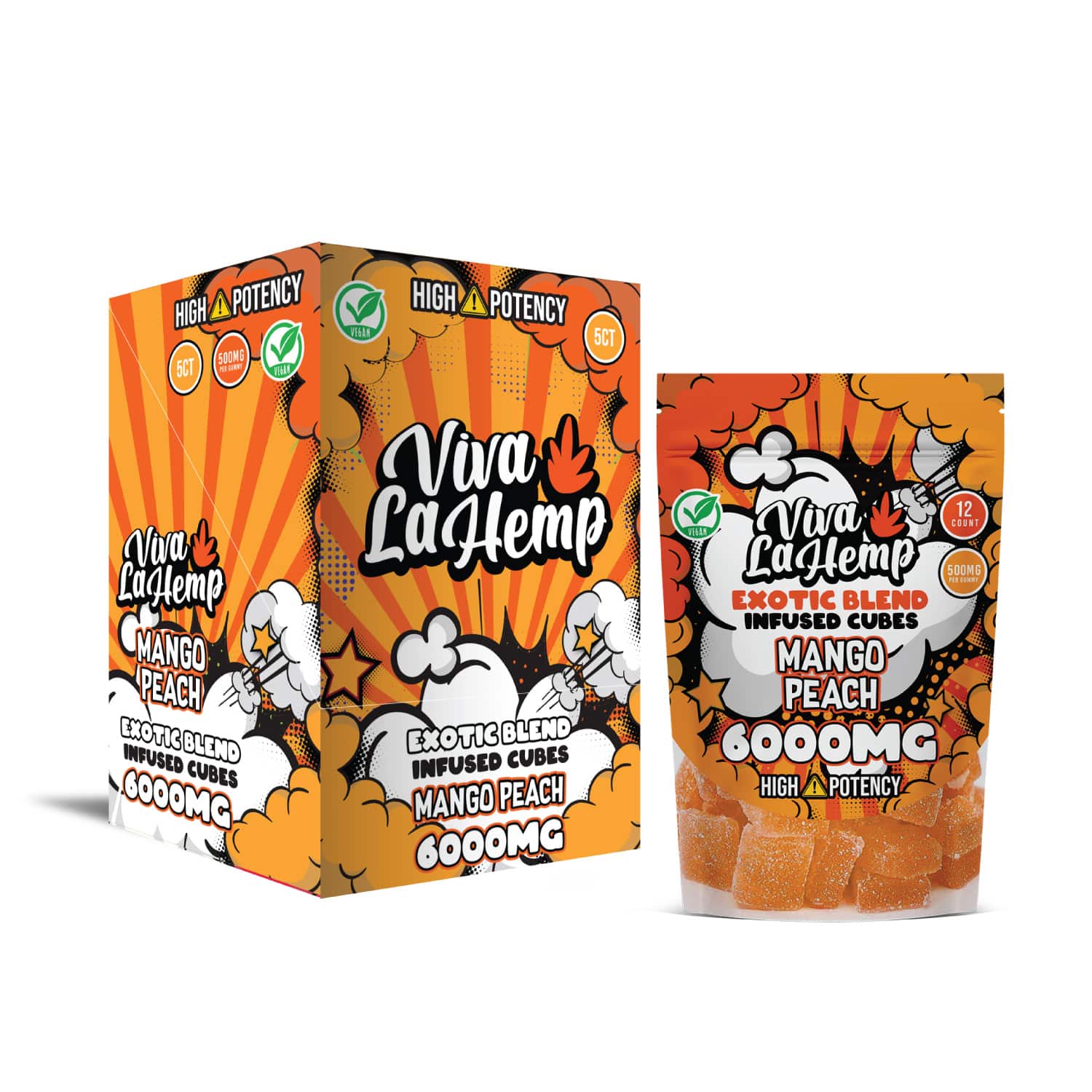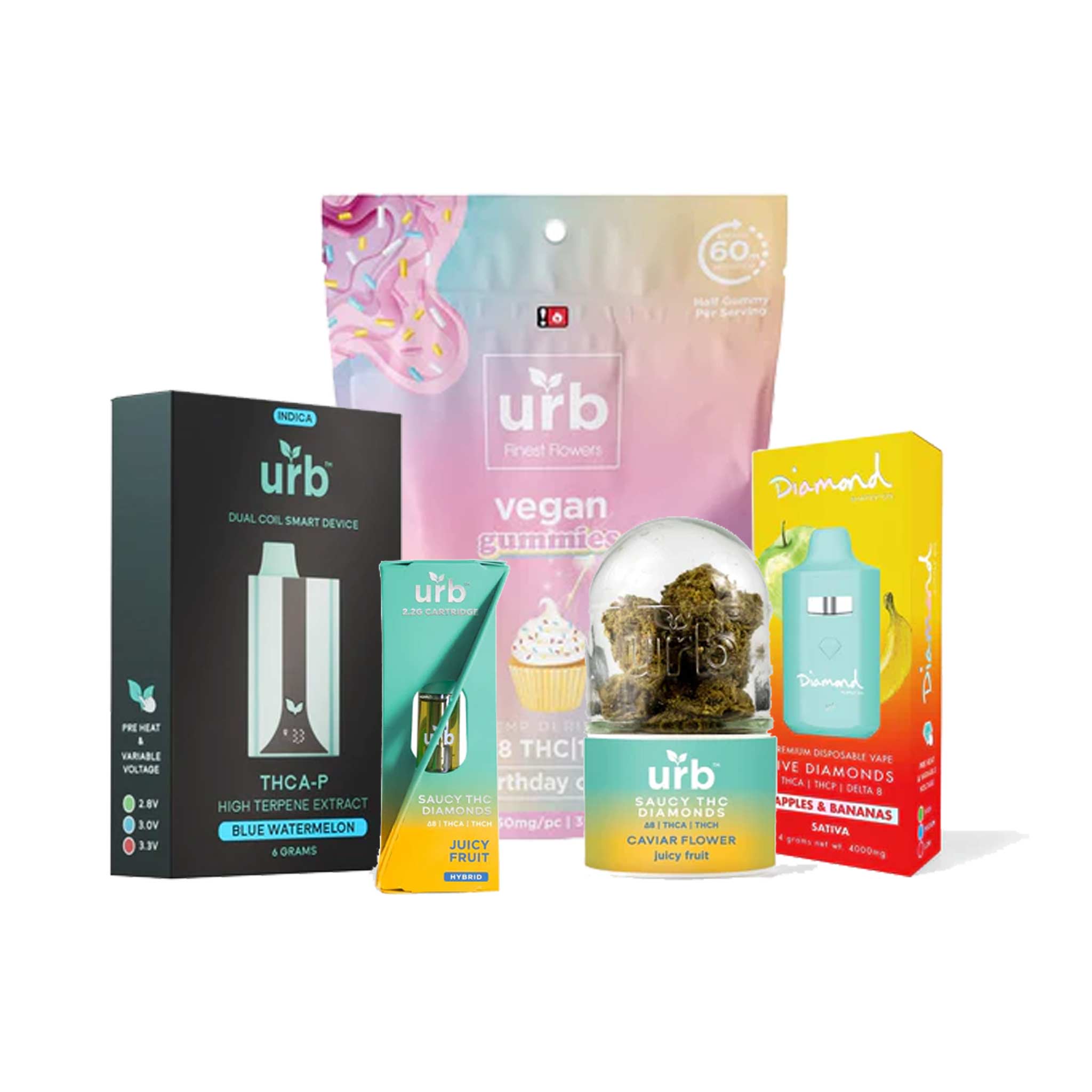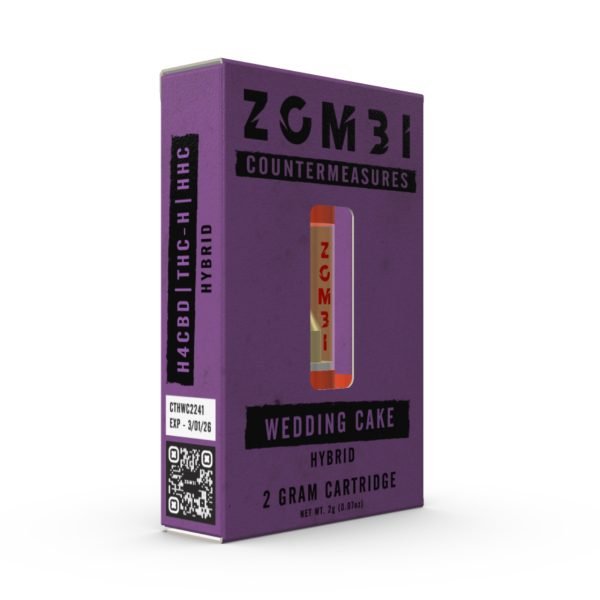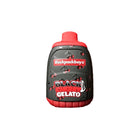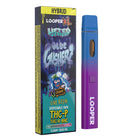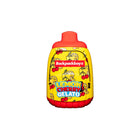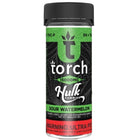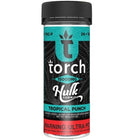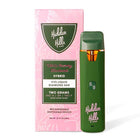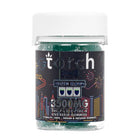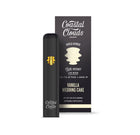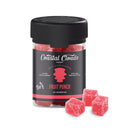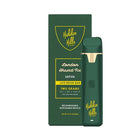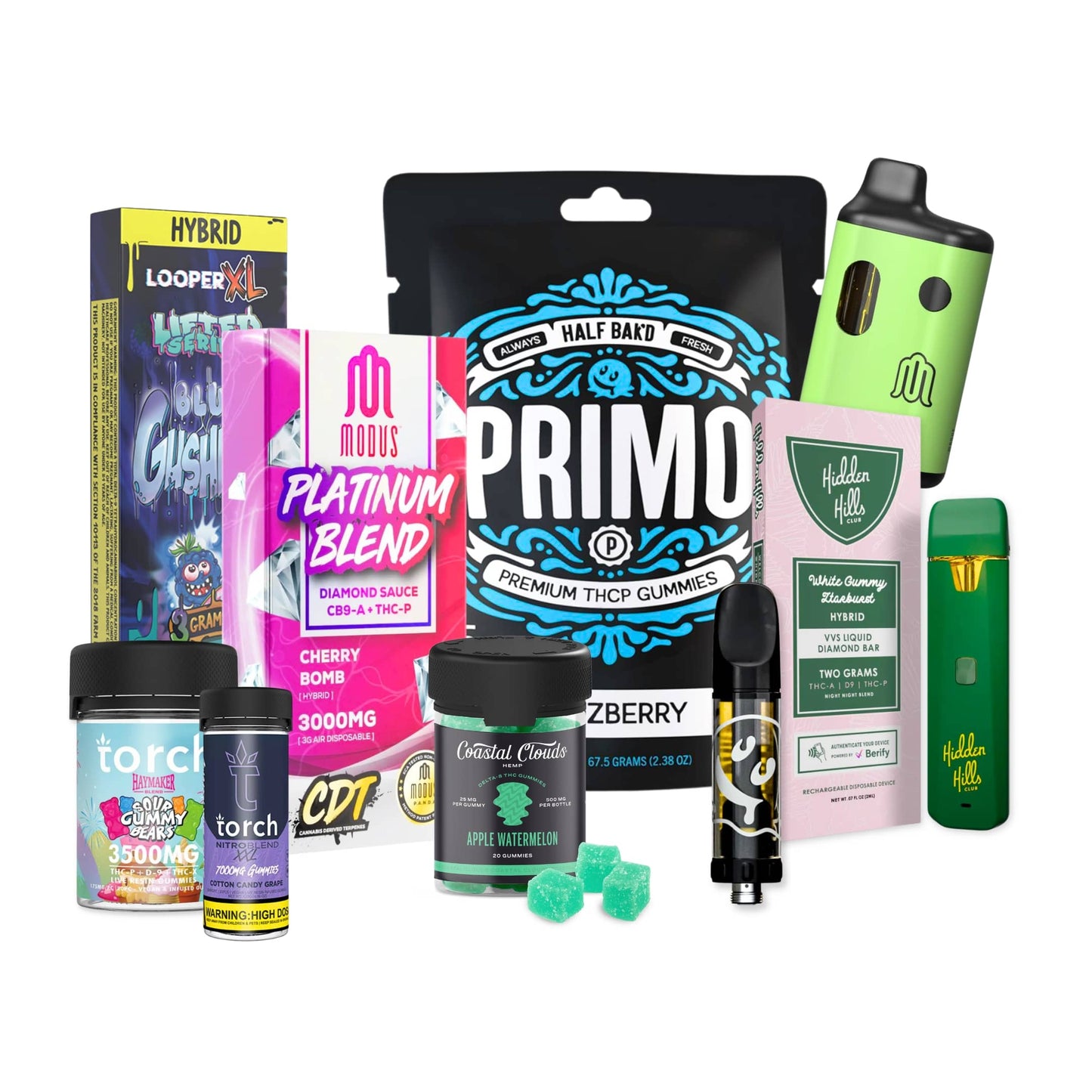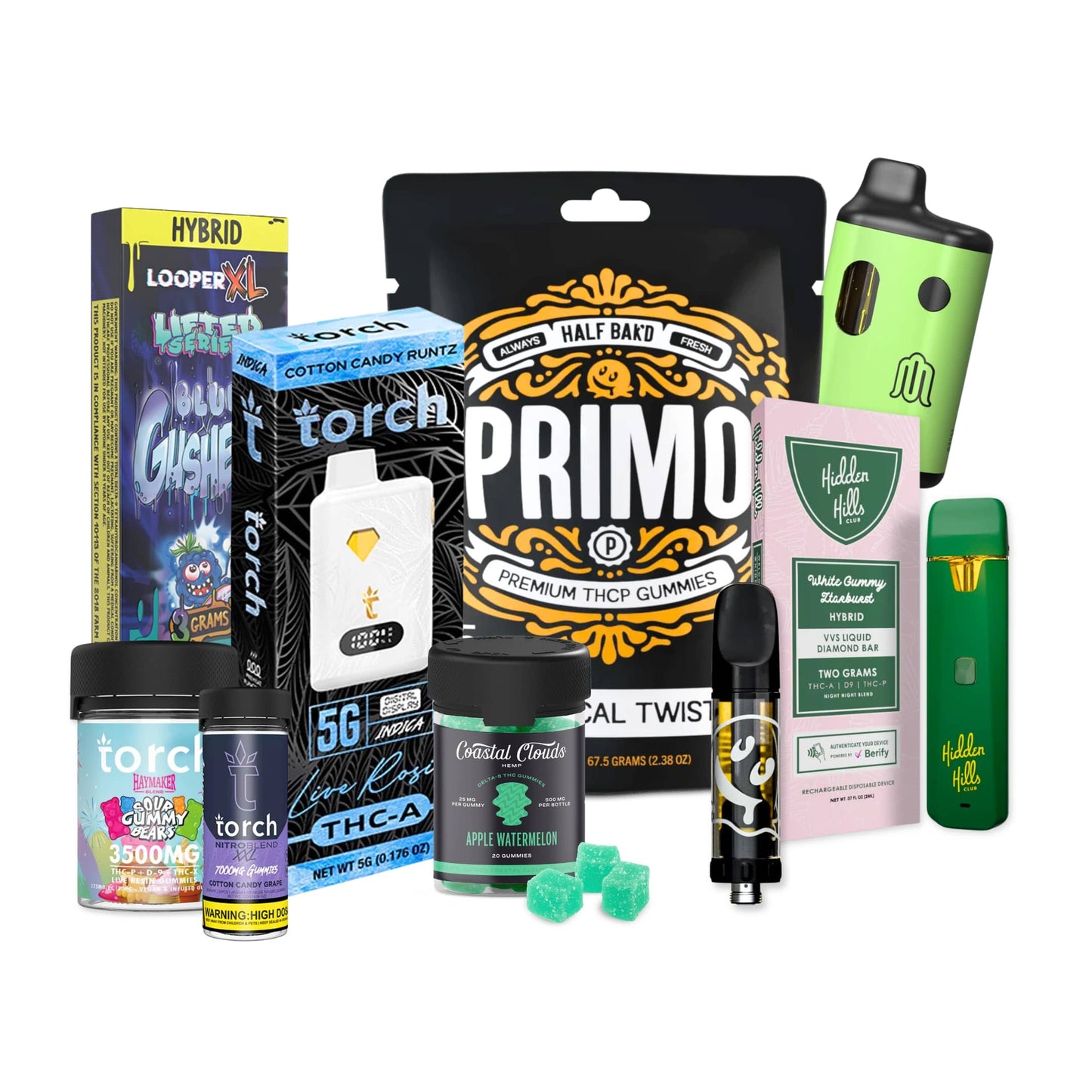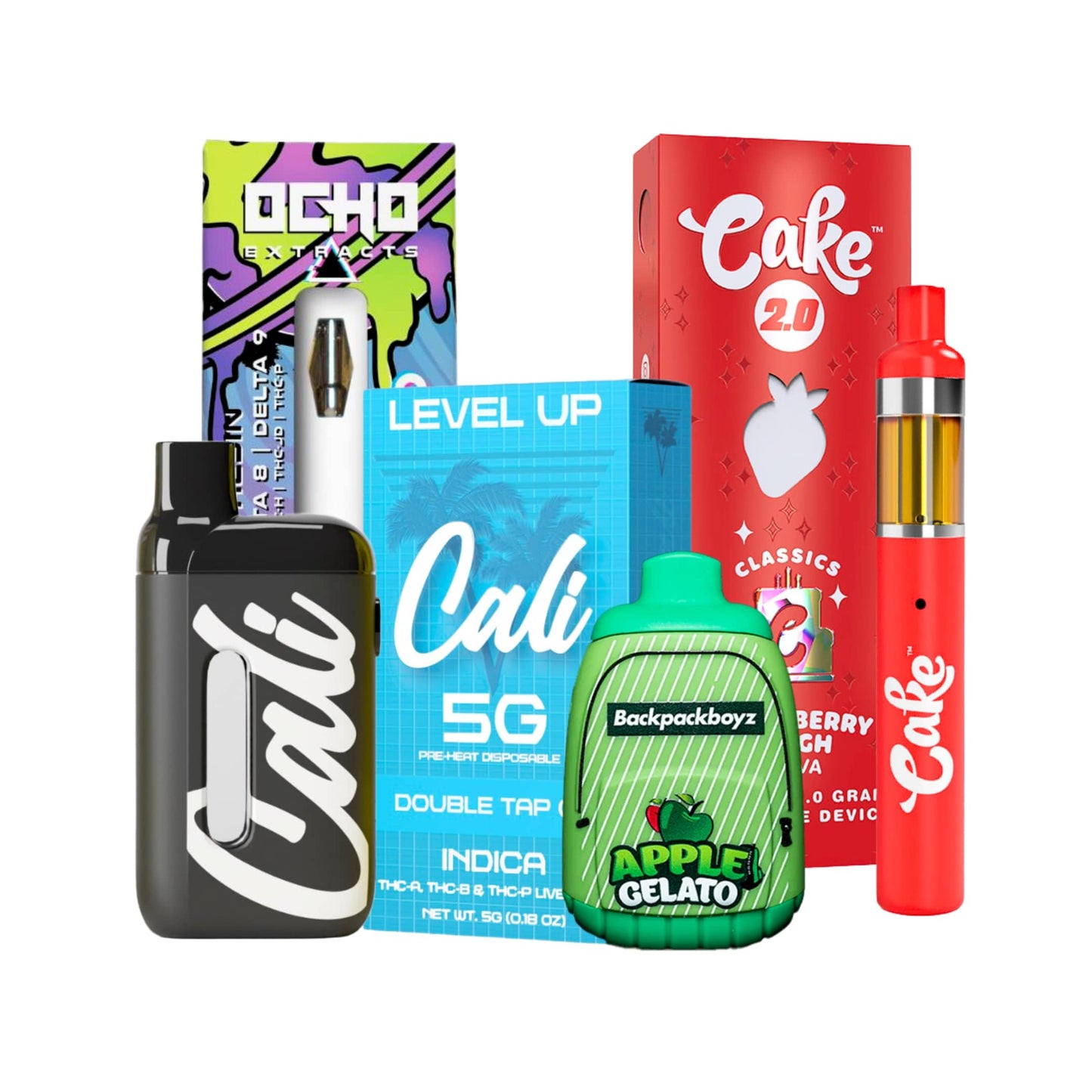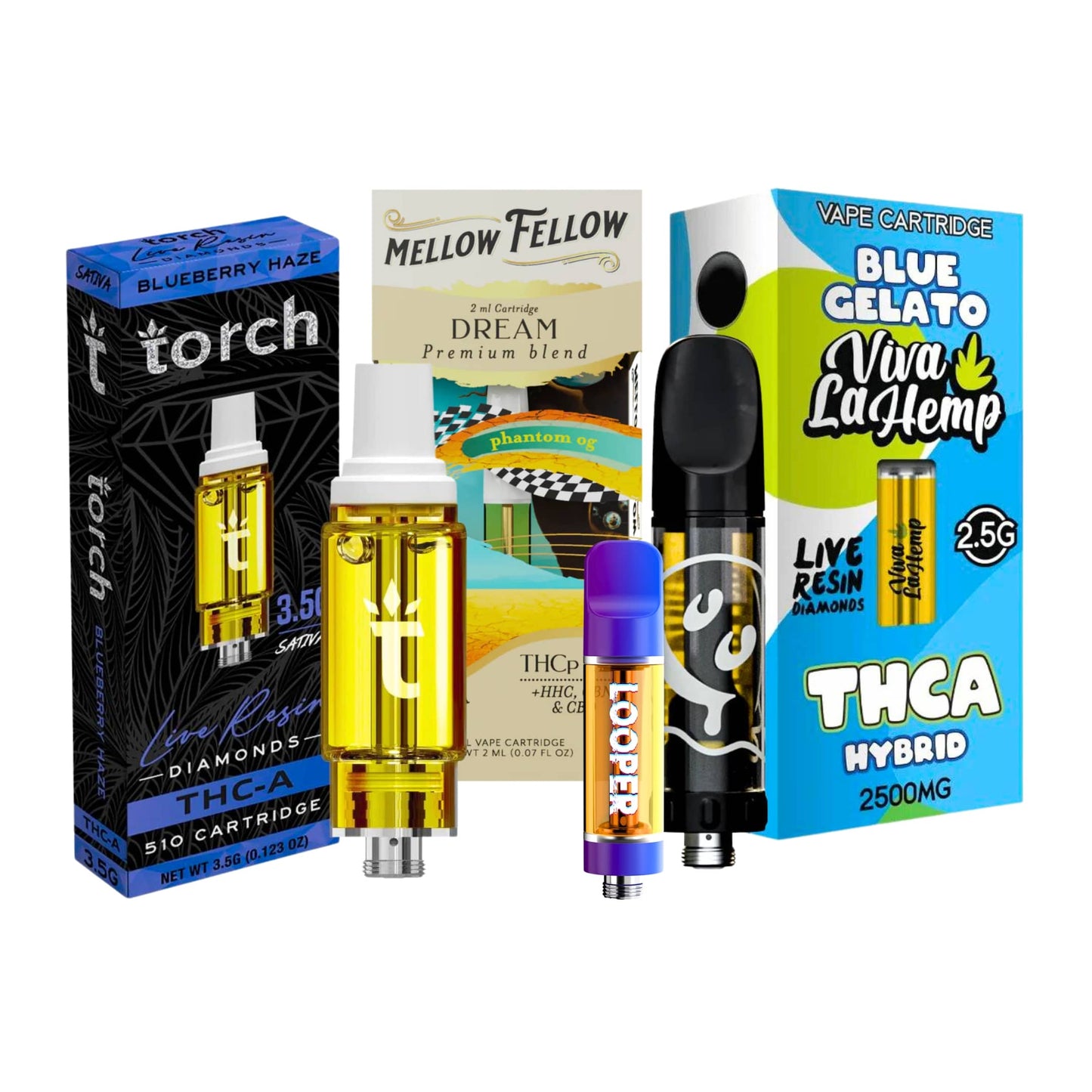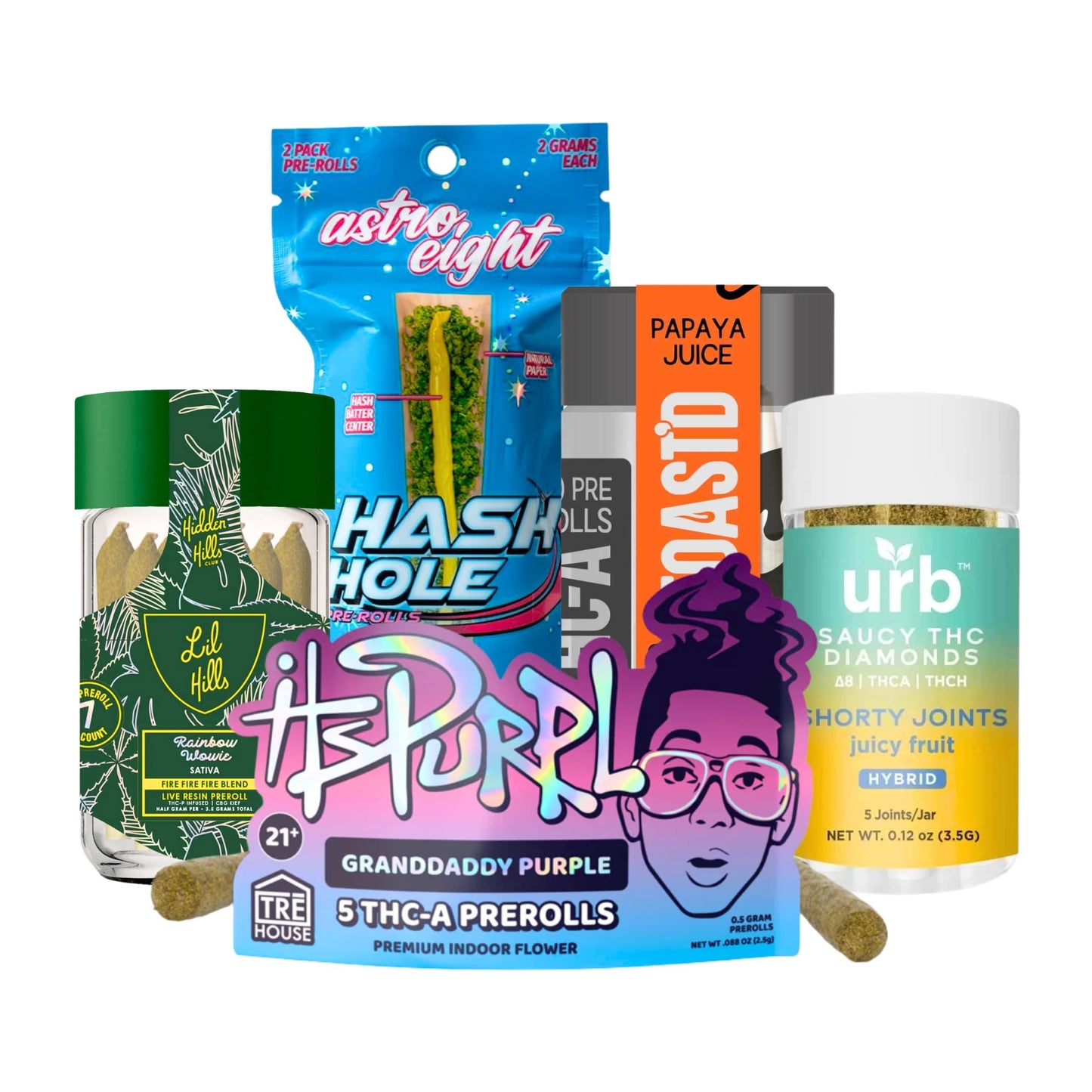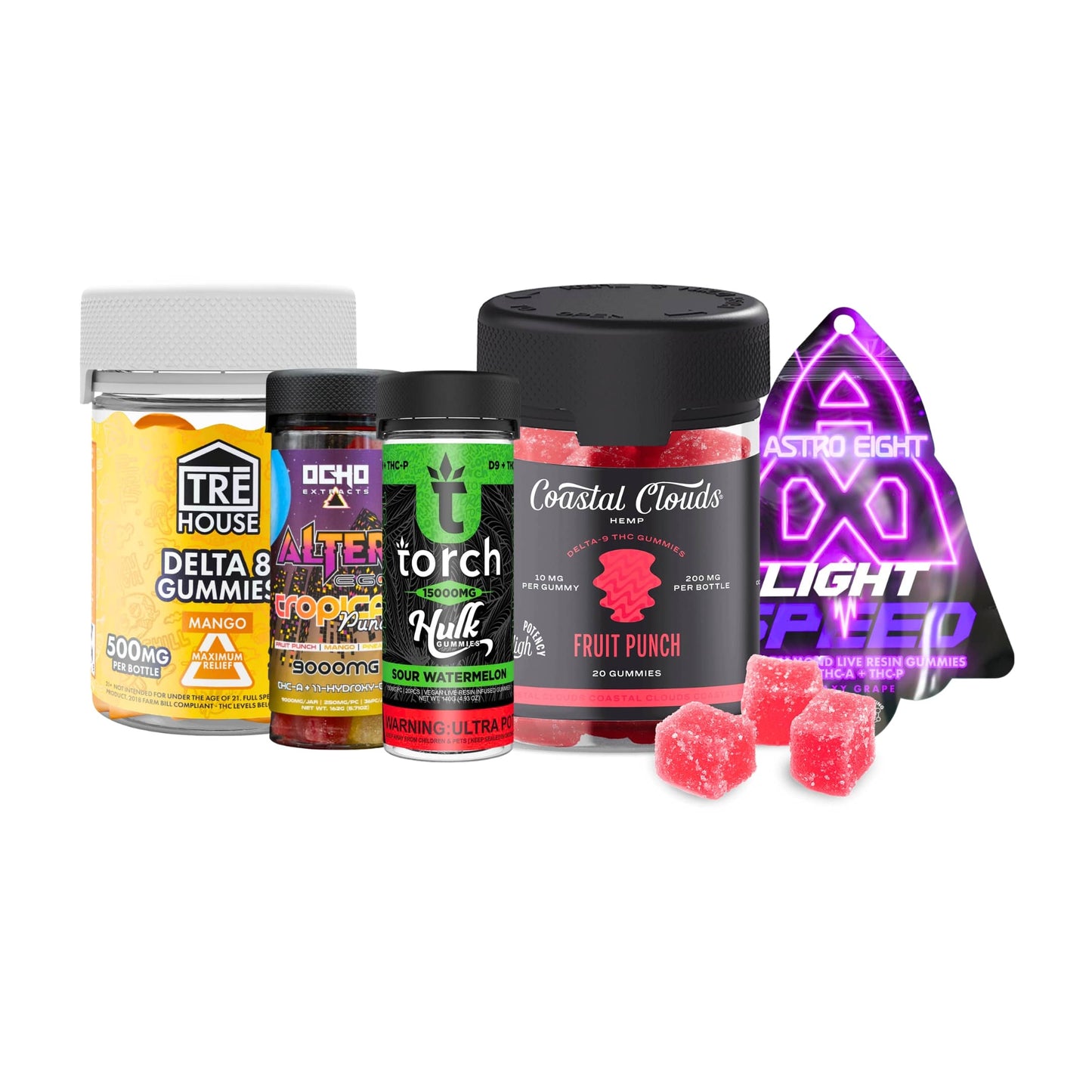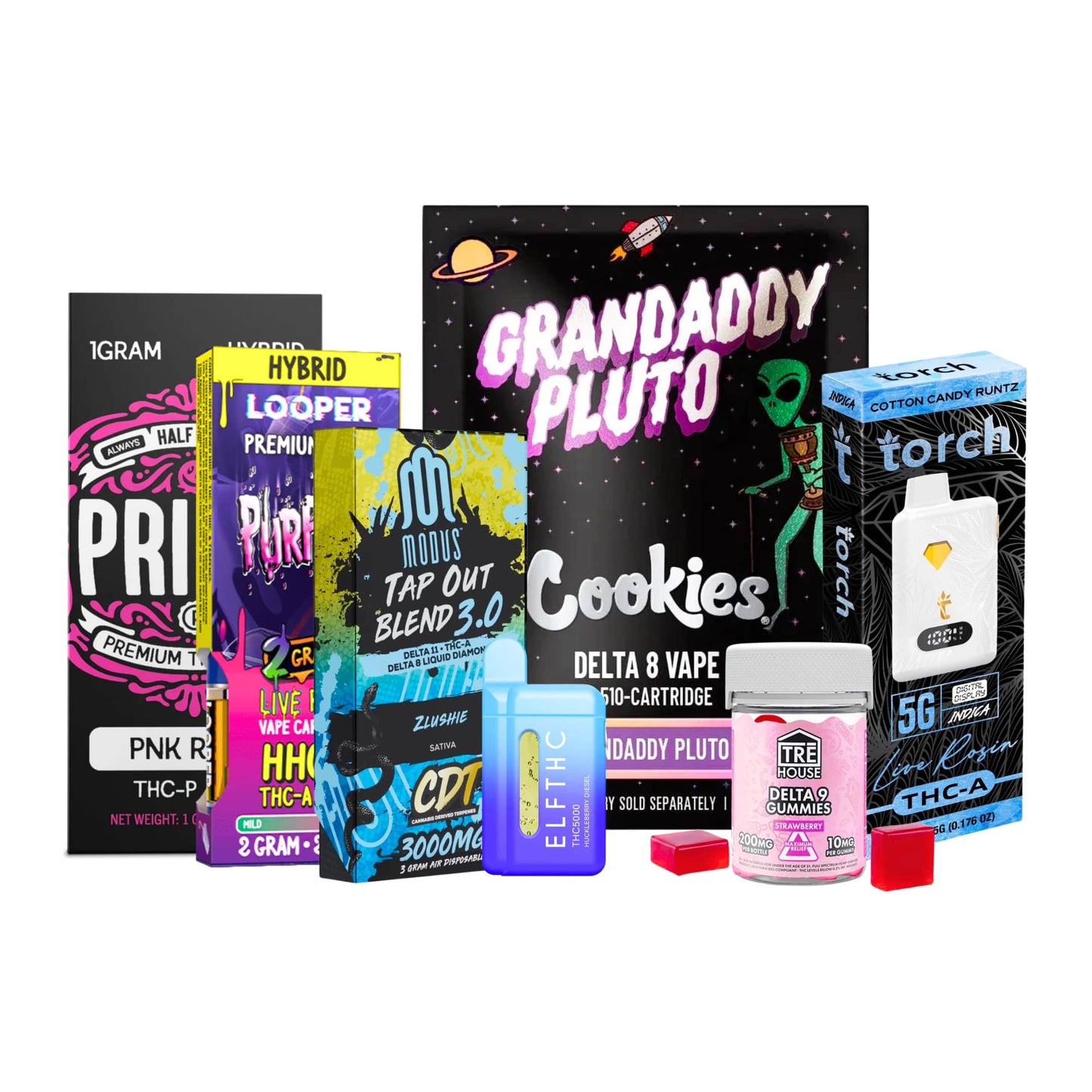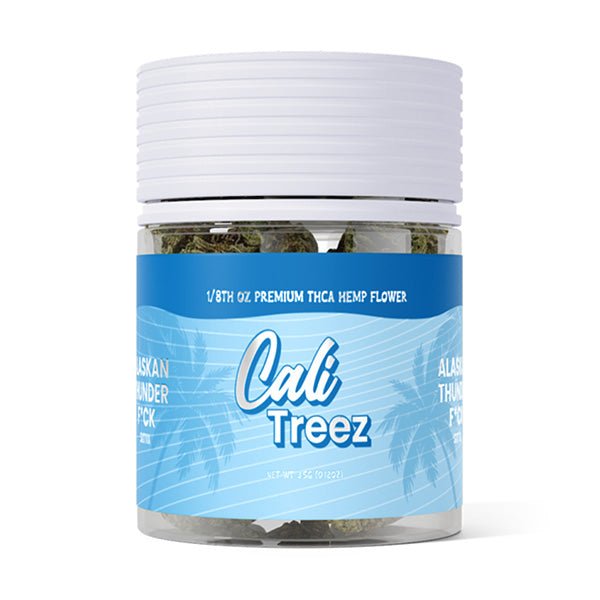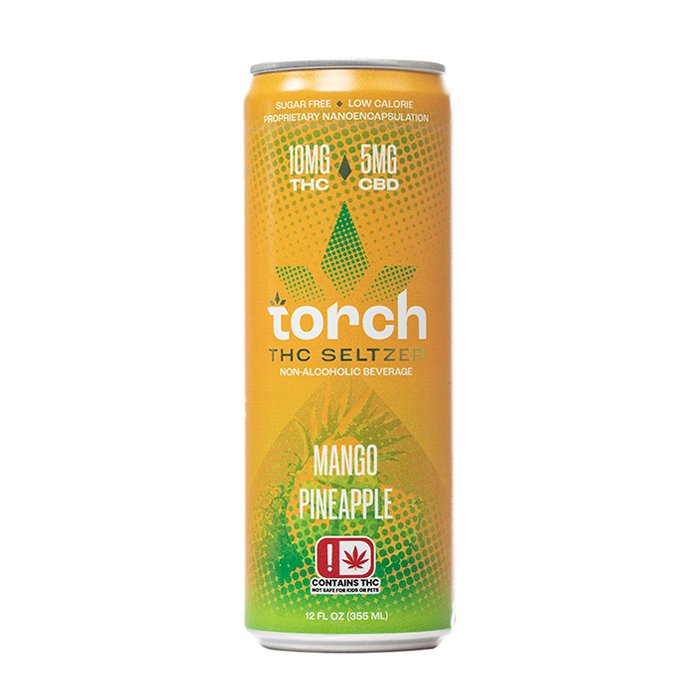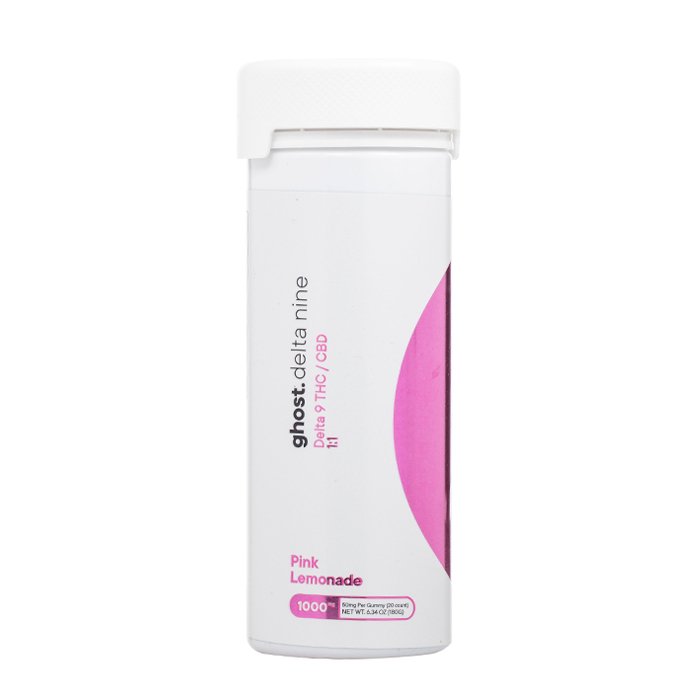Get a FREE Gummy or Vape
Sign up to get a FREE welcome vape or gummy on your first order when you buy 4 or more products.
Proper storage is one of the most overlooked parts of consuming edibles. Even the highest-quality THC gummies can lose potency, flavor, or safety if they’re left in poor conditions. Factors like heat, humidity, and exposure to air all accelerate degradation.
This DeltaCloudz guide explains why storage matters, the best conditions to keep your gummies fresh, and how to recognize when they’ve gone bad.
===ARTICLE_CTA===
Why Knowing Hoy to Store THC Gummies Matters
Potency and cannabinoids degrade over time
Cannabinoids are sensitive compounds. If gummies are left out in the open, THC slowly breaks down, which can reduce effectiveness.
Potency loss is one of the main concerns when gummies are stored improperly. High-strength options, like the Strawberry Torch Hulk need even more careful storage because larger doses of THC can degrade faster if exposed to heat or light.
Consumers who wonder whether THC gummies go bad should know that while the candy base may still look fine, the active ingredients may already be weakened.
Effects of humidity, temperature, light, and air exposure
Environmental conditions are key. Heat and light can trigger oxidation, while excess humidity can change gummy texture and even invite mold.
Air exposure dries gummies and accelerates cannabinoid loss. A gummy left unsealed on a counter will age much faster than one protected in proper packaging.
Risks of mold, spoilage, or THC loss
Spoiled gummies aren’t just weaker, they can be unsafe. Mold can form if moisture builds inside a bag or jar, and exposure to bacteria can lead to stomach upset. Safe storage avoids both potency loss and contamination, ensuring a consistent experience.
Ideal Storage Conditions for THC Gummies
Best temperature range
THC gummies stay freshest in a cool environment between 60–70°F (15–21°C). Warmer conditions risk melting and separation of ingredients, while colder extremes can affect texture.
Live resin products, such as the Watermelon Mellow Fellow Delta-9, preserve a wide terpene profile, which makes them especially sensitive to sunlight and temperature fluctuations.
Optimal humidity and airflow
Humidity levels should stay moderate, ideally under 60%. Too much moisture risks clumping and microbial growth; too little dries gummies out. Airtight containers help stabilize both humidity and airflow.
Light exposure and packaging material
Sunlight and fluorescent lighting accelerate THC breakdown. Gummies should be stored in opaque or dark packaging that shields them from UV rays. Materials like dark glass or layered foil pouches extend shelf life.
How to Store THC Gummies Based on The Right Packaging
Original packaging vs resealable jars
The original packaging is often designed with preservation in mind, especially if it’s resealable. Once opened, transferring gummies to an airtight glass jar with a tight lid can keep them fresh longer.
Use of airtight, light-blocking materials
Containers that are airtight and block light are ideal. Clear plastic bags or jars allow UV exposure and oxygen exchange, both of which degrade THC. Opaque jars or foil-lined resealable bags work best.
Labeling and expiration dates
Always keep track of purchase dates and expiration labels. Even gummies that still look good may have reduced potency past their expiration window. Responsible consumers check labels regularly before use.
Common Mistakes and How to Avoid Them
Storing in the car or hot places
A parked car can reach temperatures over 100°F, enough to melt gummies within minutes. Once melted, it’s difficult to ensure consistent dosing, and cannabinoids may degrade permanently.
Leaving gummies exposed to air or moisture
Leaving gummies open on a counter or in a bag without sealing lets them dry out or absorb humidity. Both scenarios shorten shelf life and ruin texture. Always reseal immediately after use.
Using wrong containers or mixing flavors
Plastic sandwich bags or open bowls aren’t suitable for long-term storage. Mixing flavors in one container can also alter taste and smell over time. Each variety should be stored separately in a proper airtight container.
How to Tell If THC Gummies Have Gone Bad
Spoiled gummies show signs such as discoloration, mold spots, crystallization, or a strange odor.
Texture changes, becoming too hard, too sticky, or grainy, also signal they’re no longer good. Most importantly, if gummies taste off or trigger digestive discomfort, it’s better to discard them.
How to Store THC Gummies FAQs
How long can THC gummies be stored before they lose potency?
When kept in cool, dark, airtight conditions, gummies generally maintain potency for 6–12 months. Beyond that, cannabinoids degrade even if the candy base seems unchanged.
Can I refrigerate or freeze THC gummies?
Yes, refrigeration is safe and often extends shelf life. Freezing is also possible, but gummies may pick up moisture during thawing, which can affect texture. If frozen, they should be portioned and sealed in airtight packaging to minimize repeated thaw cycles.
Does storage affect taste or texture?
Definitely. Improper storage can cause gummies to harden, melt, or crystallize. Even if cannabinoids remain, flavor loss and unpleasant texture can make the experience less enjoyable. Products formulated for stability, such as THC gummies for energy and focus, still need proper storage to maintain both taste and effect.


